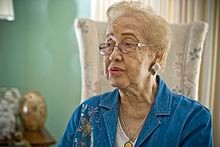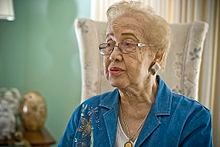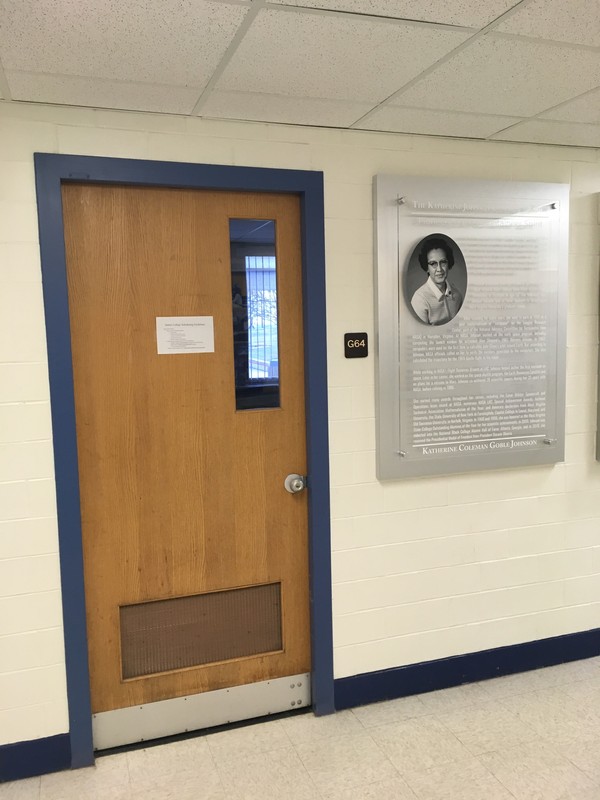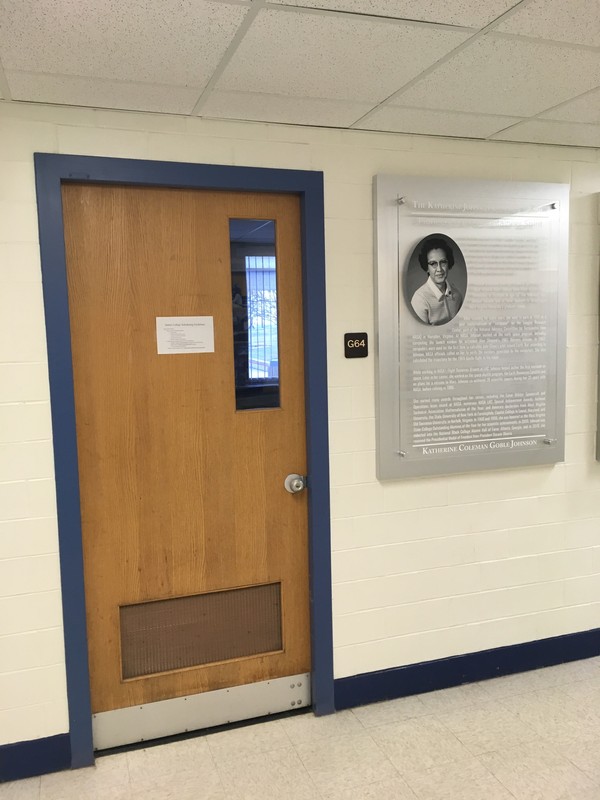Katherine Johnson Conference Room
Introduction
Author-Uploaded Audio
Listen to a narration of this entry's description by Eliza Kolander.
Text-to-speech Audio
Images
Katherine Johnson in 2008. Credit: Wikipedia

Katherine Johnson while working for NASA. Credit: NASA


Katherine Johnson Conference Room, G64, in the Engineering Sciences Building (ESB) on West Virginia University's Evansdale Campus

Katherine Johnson Conference Room, G64, in the Engineering Sciences Building (ESB) on West Virginia University's Evansdale Campus

Backstory and Context
Author-Uploaded Audio
Listen to a narration of this entry's description by Eliza Kolander.
Text-to-speech Audio
Katherine Coleman Goble Johnson is an African American physicist and mathematician. She worked for NASA and made contributions to the United States’ aeronautics and space programs with early application of digital electronic computers. She conducted technical work that spanned decades. Her work included calculating trajectories, launch windows, and emergency plans for many flights from Project Mercury, including the 1969 Apollo 11 flight to the moon.
Born in 1918 in White Sulphur Springs, Greenbrier County, West Virginia, Katherine Coleman was the youngest of four children. Her parents emphasized the importance of education to their children and, because Greenbrier County did not offer public schooling for African American students past eighth grade, the Coleman parents arranged for their children to attend high school in Institute, WV. The family split their time between Institute during the school year and White Sulphur Springs in the summer.
At 18, Coleman began attending West Virginia State College, a historically Black college in Charleston, West Virginia. While studying, she took every math course that the college offered. She graduated in 1937, with the highest honors and degrees in both Mathematics and French, and took a teaching job at a Black public school in Virginia.
In 1938, the United States Supreme Court ruled in Missouri ex rel. Gaines v. Canada that states that provided higher education to white students also had to provide it to Black students. Coleman left her teaching job and, in 1939, became one of three African American students (and the first African American woman) to desegregate the graduate school at West Virginia University. She quit after one session, choosing to start a family with her husband, James Francis Goble, whom she had married in 1939. They had three daughters before James died in 1956.
At a family gathering in 1952, a relative mentioned to Katherine that the National Advisory Committee for Aeronautics (NACA), which became NASA in 1958, was hiring mathematicians. Johnson applied and was became a part of the early NASA team in 1953. She worked as a “computer,” analyzing topics for aircraft, until 1958, when she began working as an aerospace technologist. She calculated the trajectory for the May 5, 1961 space flight of Alan Shephard, the first man in space. Johnson was called to verify numbers when NASA used electronic computers for the first time to calculate John Glenn’s orbit around the earth.
Later, Johnson worked directly with digital computers, calculating the trajectory for the 1969 Apollo 11 flight to the moon.
Throughout her life, Johnson co-authored 26 scientific papers. Her social influence as a pioneer in space science and computing is demonstrated by the honors she has received, including the Presidential Medal of Freedom, which she was presented by President Barack Obama on November 24, 2015. Additionally, in December 2016, the film Hidden Figures was released. Based on the non-fiction book of the same name by Margot Lee Shetterly, it follows Johnson and other female African-American mathematicians (Mary Jackson and Dorothy Vaughan) who worked at NASA.
Sources
Katherine Johnson. Wikipedia. February 13, 2017. Accessed February 14, 2017. https://en.wikipedia.org/wiki/Katherine_Johnson.
Shetterly, Margot L. Katherine Johnson Biography. NASA. December 01, 2016. Accessed February 14, 2017. https://www.nasa.gov/content/katherine-johnson-biography.
